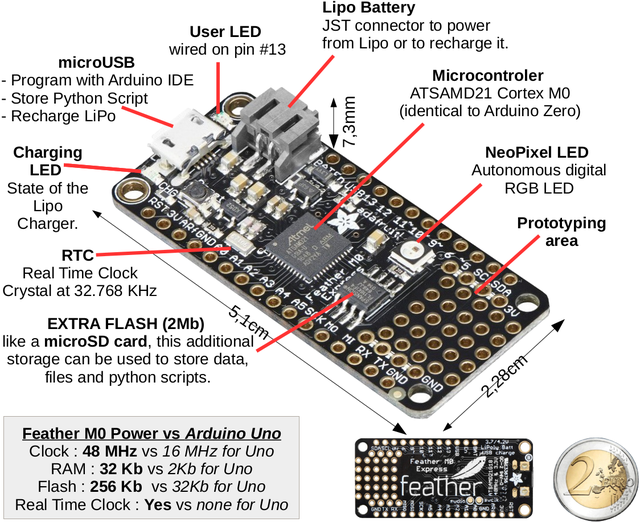Différences entre versions de « ENG-CANSAT-CONTENT »
Sauter à la navigation
Sauter à la recherche
| Ligne 131 : | Ligne 131 : | ||
{{parts-end}} | {{parts-end}} | ||
| − | |||
| − | |||
| − | |||
| − | |||
| − | |||
| − | |||
| − | |||
| − | |||
| − | |||
| − | |||
| − | |||
| − | |||
| − | |||
| − | |||
| − | |||
| − | |||
| − | |||
| − | |||
| − | |||
| − | |||
| − | |||
| − | |||
| − | |||
| − | |||
| − | |||
| − | |||
| − | |||
| − | |||
| − | |||
| − | |||
| − | |||
| − | |||
| − | |||
| − | |||
| − | |||
| − | |||
| − | |||
| − | |||
| − | |||
| − | |||
| − | |||
| − | |||
| − | |||
| − | |||
| − | |||
| − | |||
| − | |||
| − | |||
| − | |||
| − | |||
| − | |||
| − | |||
| − | |||
| − | |||
| − | |||
| − | |||
| − | |||
| − | |||
| − | |||
| − | |||
| − | |||
| − | |||
| − | |||
| − | |||
| − | |||
| − | |||
| − | |||
| − | |||
| − | |||
| − | |||
| − | |||
| − | |||
| − | |||
| − | |||
| − | |||
| − | |||
| − | |||
| − | |||
| − | |||
| − | |||
| − | |||
| − | |||
| − | |||
| − | |||
| − | |||
| − | |||
| − | |||
| − | |||
| − | |||
| − | |||
| − | |||
| − | |||
| − | |||
| − | |||
| − | |||
| − | |||
| − | |||
| − | |||
| − | |||
| − | |||
| − | |||
| − | |||
| − | |||
| − | |||
| − | |||
| − | |||
| − | |||
| − | |||
| − | |||
| − | |||
| − | |||
| − | |||
| − | |||
| − | |||
| − | |||
| − | |||
| − | |||
| − | |||
| − | |||
| − | |||
| − | |||
| − | |||
| − | |||
| − | |||
| − | |||
| − | |||
| − | |||
| − | |||
| − | |||
| − | |||
| − | |||
| − | |||
{{ENG-CANSAT-TRAILER}} | {{ENG-CANSAT-TRAILER}} | ||
Version du 21 septembre 2018 à 14:52
Feather M0 Express in few words
The CanSat kit it build around the Adafruit Industries Feather M0 Express plateform.
- Feather is a new emerging standard -Arduino compatible plaform- for embedded projet.
- Feather is small, light and already brings lot useful features.
- Feather M0 is compatible with Arduino M0, so compatible with Arduino IDE.
- Feather M0 Express also embed FLASH memory that can act like SD Card (Arduino IDE) or USB Stick (CircuitPython)
As Feather M0 is compatible Arduino IDE, everything learned for Arduino Uno can be applied to Feather M0. Just care about voltage, the UNO is 5V Logic and the Feather 3.3V logic.
| Feather M0 Features |
| 20 GPIOs |
| 6 Analog inputs 12bits value from 0 to 4095. |
| 1 Analog output 10 bits value from 0 to 1023. |
| PWM on all pins |
| Hardware I2C et SPI buses |
| UART |
| Feather are: |
| * Small (5c2xm) |
| * Light (4.7Gr) |
| * Powerful |
| * Versatile |
| * Polyvalent |
| * Available with complete ecosystem |
Kit content
| Description | Quantité | |
Feather M0 Express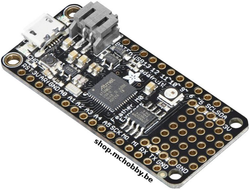
|
New Arduino M0 compatible on a standard platform for embedded project. Also compatible with CircuitPython. disponible ici chez MCHobby |
1 |
USB A/microB 1m cable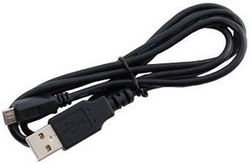
|
Can be used to plug your feather on a computer to program it or to reload the Lipo. disponible ici chez MCHobby |
1 |
Half Size Breadboard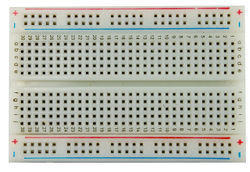
|
Solderless breadboard are used for fast prototyping. disponible ici chez MCHobby |
1 |
Multi-functional breadboard wires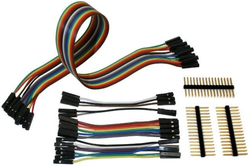
|
Set of wires with plug that can be modified from female to male. disponible ici chez MCHobby |
1 |
Feather Stacking Headers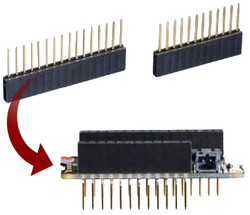
|
Plug your feather or prototype wing on breadboard and still having a female connector under the hand. disponible ici chez MCHobby |
1 |
Feather Prototyping Wing
|
Prototyping board for feather platform. Create your own extension board (wing) by soldering connectors and components. disponible ici chez MCHobby |
1 |
Lithium Polymer Battery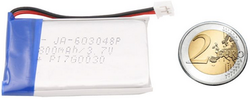
|
Transform the Feather into an autonomous plateform with this 800mAh Lipo. disponible ici chez MCHobby |
1 |
BMP280 – Barometric pressure sensor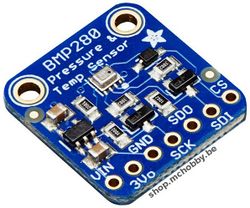
|
Easily evaluate pressure, altitude and temperature. disponible ici chez MCHobby |
1 |
TMP36 – analog temperature sensor
|
Transform the sensor voltage read on analog input into an easy-to-read temperature. disponible ici chez MCHobby |
1 |
RFM69HCW Transceiver Radio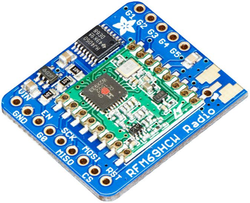
|
Transport data over long distance with packet radio. One breakout act as emitter, the second one as receiver. disponible ici chez MCHobby |
2 |
Written by Meurisse D. from MC Hobby - License: CC-SA-BY.
